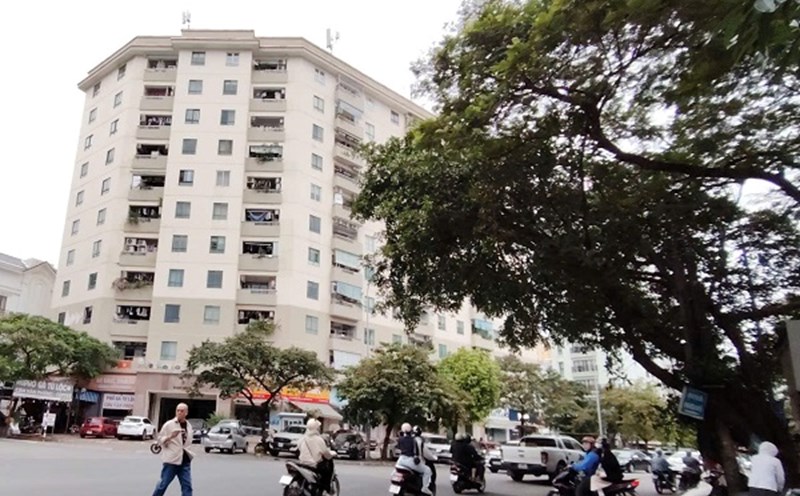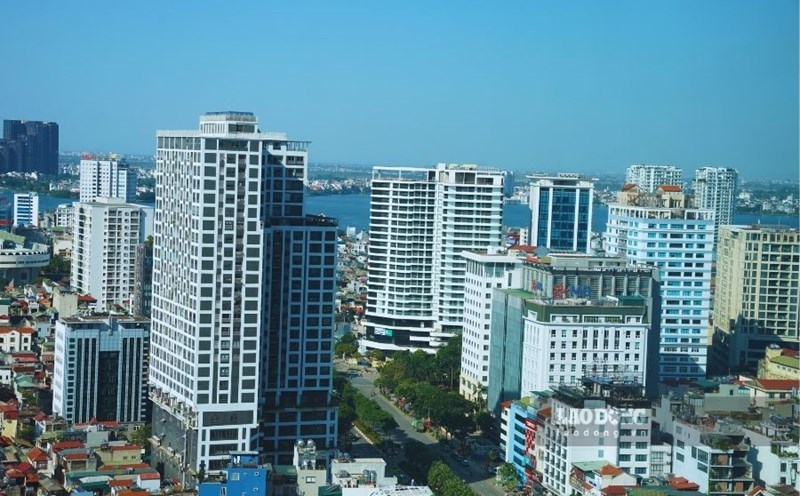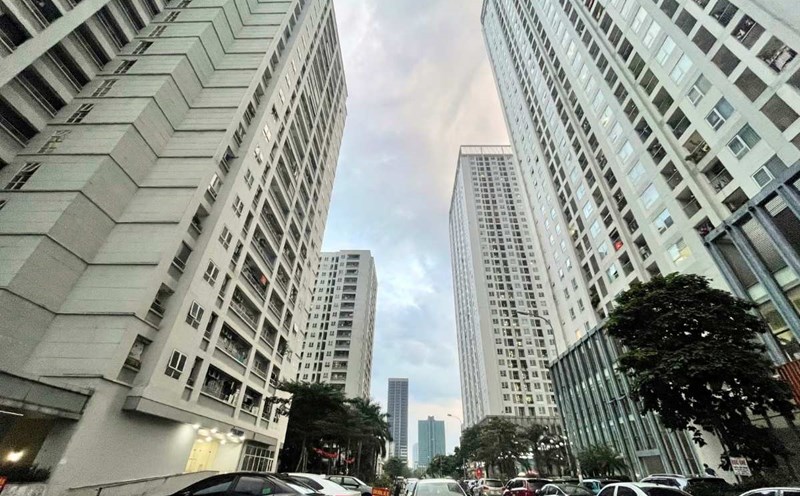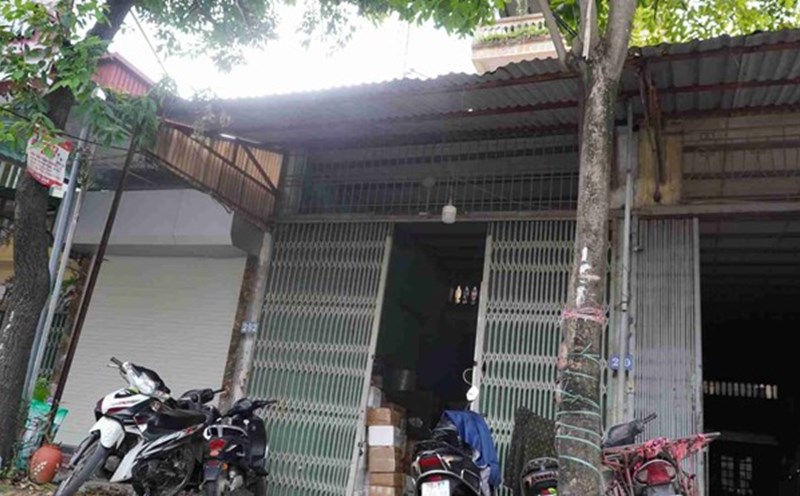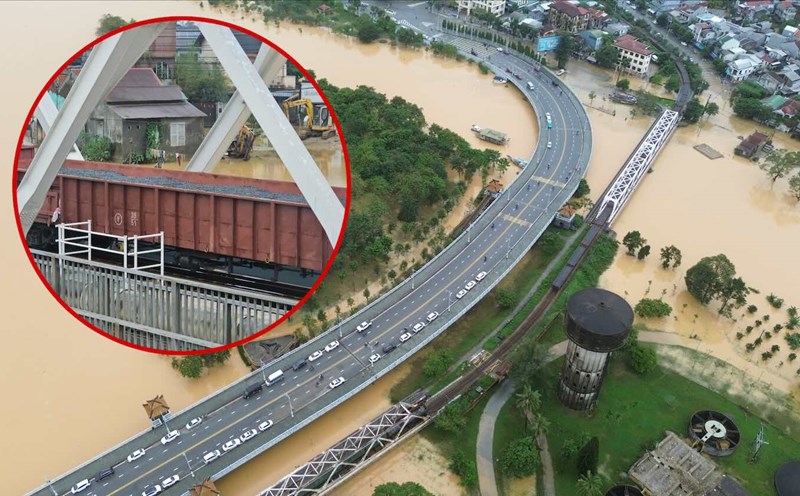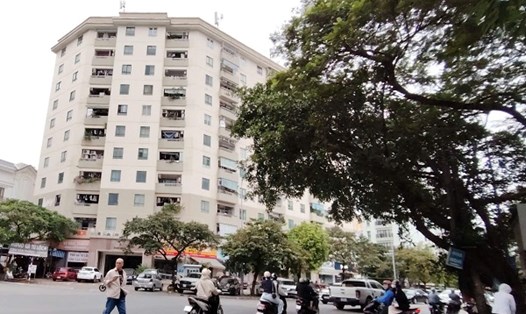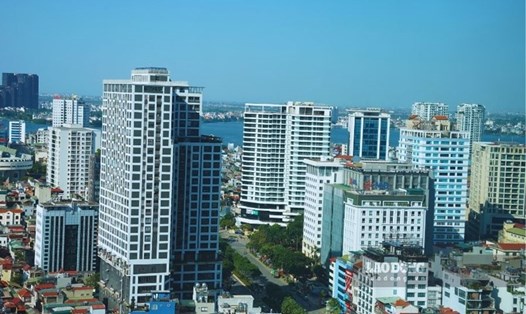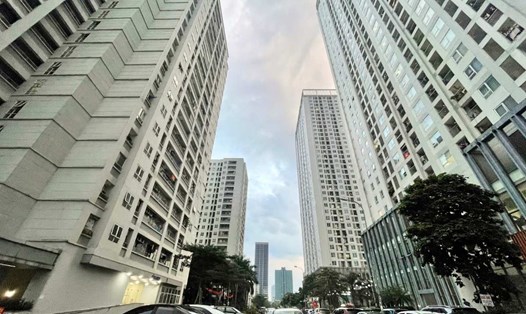struggling to settle down
At the end of October 2025, after many discussions and decisions in the family, Mr. Nguyen Quang Thang (born in 1989, from Lang Son) and his family decided to buy a house in Hanoi, realizing the dream of settling down that they have cherished for a long time.
With a financial budget of more than 2 billion VND, he is looking to the area along Thang Long or Ha Dong Boulevard to facilitate his work and get close to his hometown when he has work.
However, after many days of consulting everywhere, from the inner city to the suburbs, they all received head shakes with the answer: "What is the need for a 2 billion VND house now?".
In the An Khanh area, the lowest price is also about 3.5 billion VND for a 40m2 house. Some projects under construction by large corporations range from 2.7 to 3.2 billion VND per apartment of about 35 square meters, said a real estate broker in Hanoi.
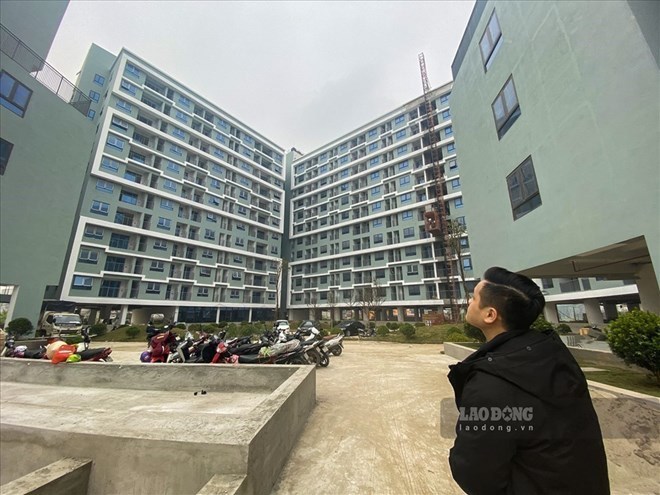
Mr. Thang sadly shared: After nearly a month of research, I realized that the average selling price of apartments in Hanoi had nearly doubled compared to 2019-2020, when my brother bought a house in Long Bien.
In central areas such as Cau Giay, Nam Tu Liem or Thanh Xuan, many projects have reached the threshold of 90-100 million VND/m2. With that price, to be able to buy a house at an average price is too much".
According to Mr. Thang, despite asking for support from acquaintances and brokers, the affordable apartment segment under 25 million VND/m2 has almost "extinct".
"Although my husband and I earn about 40 million VND/month, we have to calculate very carefully before daring to think about buying a house, and still need more help from both families.
A 60m2 apartment in an average area is now worth more than 3 billion VND, but if borrowed from a bank, the interest rate is still high. Maybe it will take 20 years to dare to think about that," he said, half-joking, half-real.
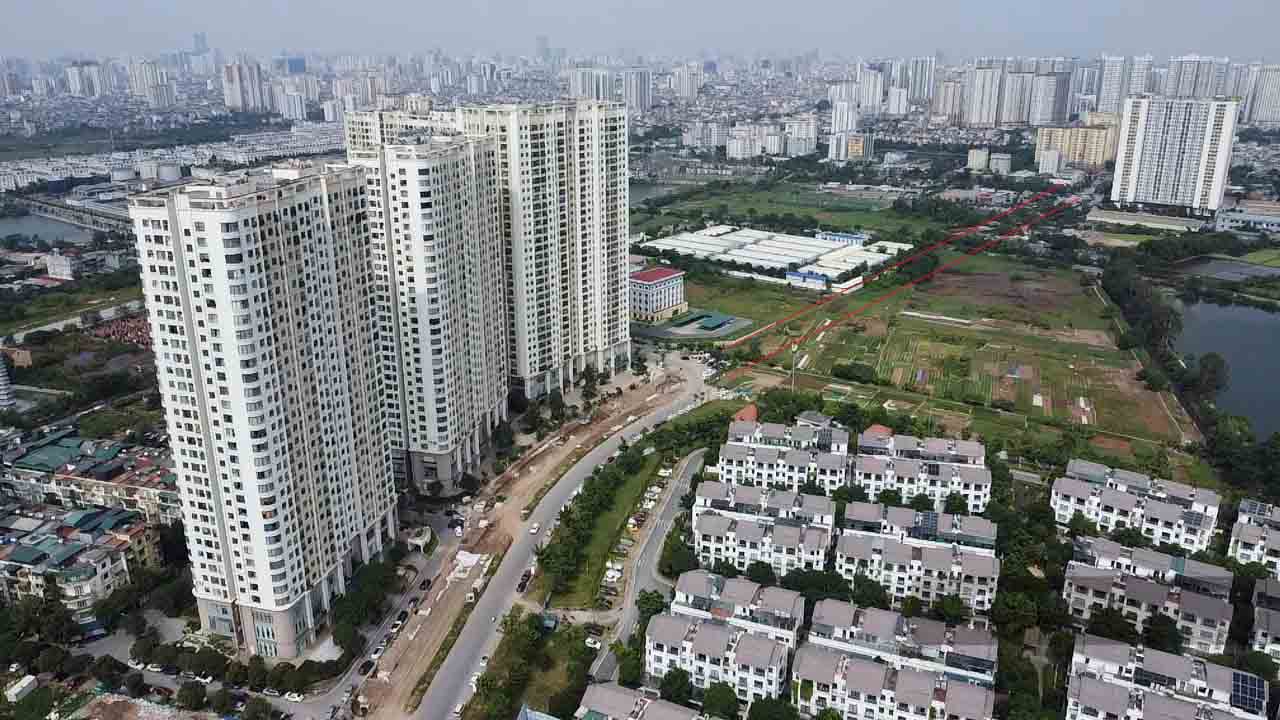
Not only Mr. Thang, thousands of young workers from other provinces working in Hanoi are also facing the same concerns. With an average income of 15-25 million VND/month, saving to buy a house is almost impossible without financial support from the family.
"Rental, living expenses, and raising children all increased. Every month, I work hard to save a few million. Seeing house prices increase every quarter, and my income stagnate, I am really frustrated, said Ms. Le Thi Thanh (from Phu Tho).
Housing prices far exceed income
Dr. Tran Xuan Luong, Deputy Director of the Institute for Real Estate Market Research and Evaluation (VARS IRE), gave reflective figures: Compared to countries in the region such as Thailand, Malaysia, Indonesia or Singapore, we are having unreasonable rates.
Vietnam's average income per capita is about 7,000 tri triburate per year, while house prices are up to 80-100 million VND/m2. With this income, it will take people 40-60 years to buy a house".

According to Mr. Luong, the main reason why housing prices in Vietnam are "ceiling-faking" is land prices.
"We do not have standard data, so land prices mainly rely on auctions, while auction prices continue to increase. Another reason is that the overall planning is not good. The population and housing supply are concentrated in large cities, causing pressure on prices," said Mr. Luong.
He said that if urban planning is well implemented and transport infrastructure is developed, especially belt routes, metro lines and satellite cities, people will not need to travel 1-2 hours a day to go to work.
At that time, social costs will decrease, and housing prices will also be less pressured, Mr. Luong emphasized.
From a financial perspective, Mr. Nguyen Quang Huy - CEO of the Faculty of Finance - Banking, Nguyen Trai University - said that housing prices in Vietnam have exceeded the reach of the majority of people.
Currently, many housing products cost from 7-20 billion VND, a level that very few Vietnamese people can reach. An important factor that has not been mentioned is time cost. It usually takes 5-10 years from the start of the project to the completion, causing the value to slide sharply due to fluctuations in labor, materials and macro risks, Mr. Huy analyzed.

